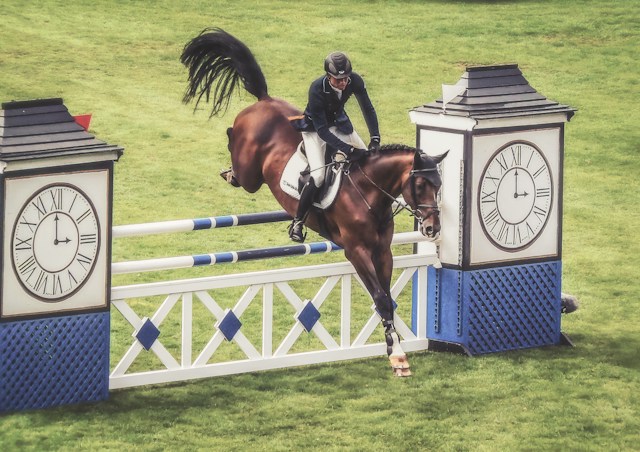In equestrian sports, few aspects of riding are as crucial as horse jumps. These structures must be stable, attractive, and safe for the horses. Competitive pressure may energize or destroy performance. It depends on how an individual appraises stressful situations rather than the competitive challenges themselves.
Custom Jumps
Jumping is a critical component in most equestrian disciplines. Investing in quality horse jump accessories near me is essential for riders and horses to train effectively and safely. Jumps and obstacles help build the confidence, accuracy, and ability to jump larger and faster distances for success in show jumping, cross-country, and hunter-jumper events. Many factors go into the process of designing the perfect custom jump. From the height of a leap to its spread (the distance between the front and back poles), each element influences the difficulty and effectiveness of the obstacle. The width of a jump also makes a difference, as broader obstacles require more athleticism and precision from both the horse and rider. Another factor is whether the jump is solid or airy, impacting how the horse approaches and studies it. The more a jump is substantial, the easier the horse can land and recover from.
Rollback Jumps
Jumping rollbacks enhance precision and quick thinking by forcing the rider to make split-second decisions and adjustments. They also strengthen the horse’s hindquarters, allowing them to generate more power and height over the fences. Jumping rollbacks require precise control from both the horse and the rider to execute, so it’s essential for both to build up strength and confidence in the exercise before incorporating them into competition settings. The key to a good rollback is the slight hesitation before you ask for the turn. It allows the horse to go from an extreme sliding stop to a more balanced position and ensures you don’t get “banana-shaped” as your horse exits the turn. To execute a jumping rollback, start by approaching the obstacle at a trot or canter and applying pressure to your horse’s hindquarters just before take-off. Keep your outside stirrup down and your weight forward as you guide the horse through the turn, and be sure to look ahead at the next jump to ensure smooth transitions.
Cavaletti Jumps
Many people think of Lunge’s work when they think of Cavaletti, but there are many ways to use these simple poles. From walking over trot poles for balance to canter lines with cavaletti and curved line transitions, this exercise offers many benefits for both horse and rider. Cavaletti can also help a horse develop proprioception – the sense of its position in space – and learn to collect. They can also support a horse to shorten its stride when negotiating an obstacle in a show jumping course.
Working over cavaletti helps the rider develop coordination and confidence in the saddle. Unlike rails on the ground, stepping over these little poles forces a horse to think about where it is putting its feet and how to negotiate them. It is a great way to spice up arena schooling and keep the rider from developing a monotonous workout.
Ground Poles
Using ground poles helps your horse develop balance, structure, and rhythm while encouraging impulsion. It also translates into more excellent athleticism and a healthier, happier animal. When starting with ground poles, start small and build slowly. Start with a single pole set in an open, flat area and work on walking over it at the walk and trot. Once your horse is comfortable with the exercise, you can create an arc by placing multiple poles in a row. As you add more poles in a row, remember that each horse has a different stride length. Constantly adjust the distance of each pole to suit your horse, as uneven spacing can lead to the horse tightening up instead of relaxing and stretching. It may result in a higher energy level and the potential for injury. A better approach is to start with a single pole at a walking distance, gradually increase it to a trot, and then a canter distance as your horse becomes more comfortable with the exercise.
